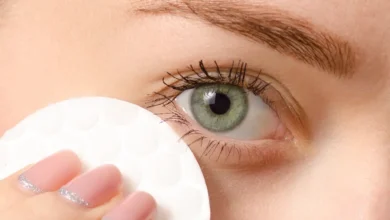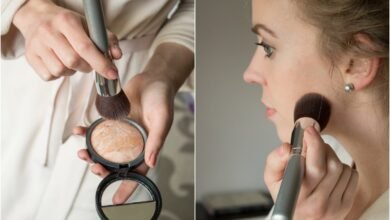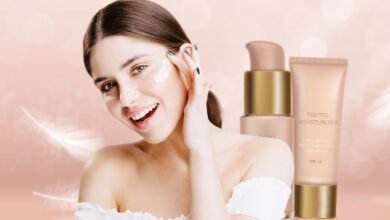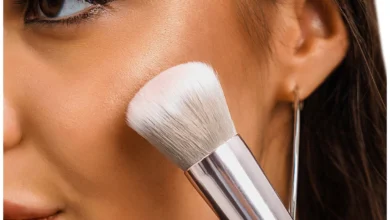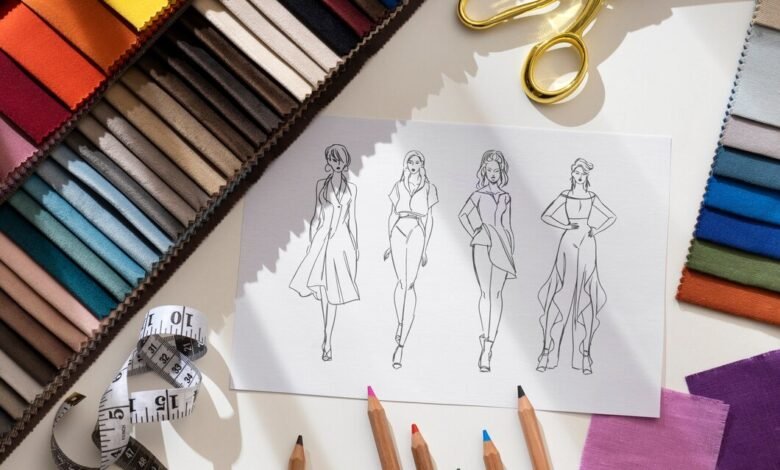
Fashion Sketches Drawing reaches far above simply setting pen or pencil to paper. It acts as a critical step in the process of diverting notional fashion concepts into tangible creations. In short, it is the visual vocabulary through which designers communicate their creative concepts, illustrating the essence of their works of art.
Whether you’re a seasoned expert with years of experience or just starting, mastering the art of fashion sketching may be miraculous. It promotes creativity by allowing designers to fine-tune their techniques and clearly explain their styles.
In essence, mastering fashion sketching is about more than just drawing; it’s about expressing one’s creative potential and developing a strong connection to the art of fashion design.
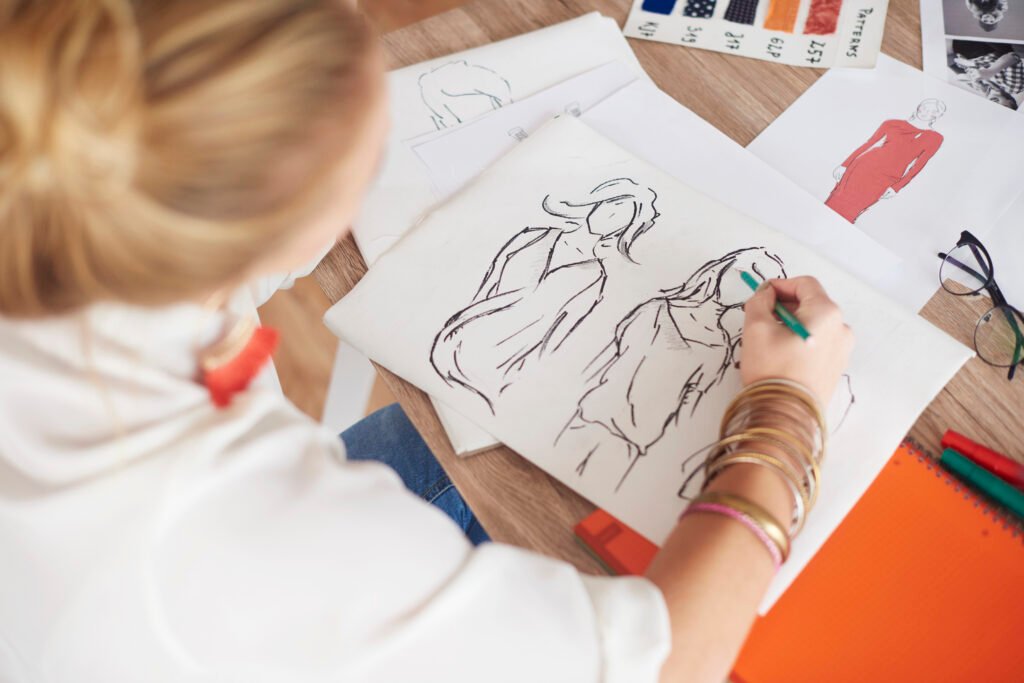
Understanding Fashion Sketching
Fashion sketching affects the creative method of displaying clothing and accessories through illustrations on paper. It exceeds the very act of drawing aesthetically attractive images; instead, it concentrates on actually showing the structure, texture, and dynamics of garments.
Whether it’s catching the discharge of fabric or the complex components of a design, fashion sketching aims to strike a balance between graphic allure and technological accuracy. This art form contains a range of styles, ranging from initial rough sketches that capture abstract ideas to more complex renderings that showcase intricate details.
Each approach to fashion sketching serves its unique role in the more comprehensive design process, contributing to the development and completion of creative fashion concepts.

Different Styles of Fashion Illustration
Fashion illustration isn’t a one-size-fits-all endeavor. There are various styles and techniques, each with its flair and purpose:
Gestural Sketches
Gestural sketches are like quick doodles that artists make to capture the general movement and feel of a subject. In fashion illustration, gestural sketches are fast drawings that show the basic shape and flow of clothing or figures.
They’re about more than obtaining every element right; they’re about catching the general vibe and power of the design. These illustrations are an ideal way for designers to brainstorm concepts and get their creative fluids flowing before diving into more complex work.

Technical Drawings
Technical illustrations in the empire of fashion are like complex maps that developers create to show exactly how a garment should be completed. Unlike short sketches that concentrate on capturing action, technical drawings are all about accuracy and exactness.
They contain measurements, stitching details, and other important information needed to bring a design to life. Think of them as the step-by-step instructions that guide the making of a apparel, assuring that it turns out just as expected.
Fashion Croquis
Fashion croquis are like pre-drawn shapes of figures that fashion developers use to draw their clothing designs. These templates come in diverse poses and body shapes, making it more relaxing for designers to concentrate on their creations without having to stress about drawing the mortal figure accurately every time.
Essentially, they serve as a helpful starting point for getting fashion ideas to life on paper. Essentially, they serve as a helpful starting point for bringing fashion ideas to life on paper.

Fashion Flats
Fashion flats are primarily intricate drawings of clothes displayed as if they were spread out flat. These drawings focus on the exact design parts of a garment, like stitchings, stitches, and closures, without revealing how the clothes would look when someone wears them.
They’re instrumental in the fashion industry for things like making patterns and actually making clothes, as well as for sharing design concepts between designers and factories. Basically, they’re like a clear, straightforward plan for bringing a design to life.

Tips to Enhance Your Fashion Sketches
Improving your fashion sketches requires practice and attention to detail. Here are some tips to help you elevate your drawings:
Understand Anatomy
To create more realistic fashion sketches, it is vital to have a solid understanding of human anatomy and movement. When you know how the body turns, twists, and curves, you can draw dresses that look more practical and fit better on your fictional models.
If you understand the location of joints and their movement, you can draw sleeves that curve naturally as the arm actions or dresses that flow smoothly as the body walks. Essentially, by studying the human form, you can make your sketches look more realistic and credible.

Develop Your Style
When you’re sketching fashion designs, it’s totally okay to let your personality shine through! Feel free to stick to rules or guidelines sparingly. Play about with various types of lines thick, thin, wavy, straight whatever feels suitable to you. Try adding textures or patterns to your drawings to give them some extra style.
Let your style shine through in your sketches, whether it’s trendy or eclectic. The more you experiment and play around with your drawings, the more your unique vision will start to show. So, have fun with it, and don’t hold back!

Capture Movement
Fashion is frequently changing and moving, and your sketches should capture that same insight of energy and movement. Instead of inflexible, stern lines, try using lines that float and move gracefully across the page. Visualize how the fabric of your designs would swing and ripple as someone walks or dances in them, and try to capture that feeling with your strokes.
Don’t be afraid to let loose and be definitive with your lines – after all, fashion is all about creativity and movement! So, when you’re sketching, think about the vibrant nature of fashion and let that boost the fluidity of your drawings.

Focus on Composition
When sketching fashion designs, it’s essential to consider the general layout of your drawings to make visually beautiful designs. Experiment with different tips, views, and focal points to lead the viewer’s eye through your sketches.
Play with various formats and arrangements of elements to gain balance, harmony, and interest. By strategically organizing your sketches, you can effectively convey the nature of your designs and produce a strong emotional reaction from viewers.

Play with Texture and Pattern
To make your sketches more captivating, try playing around with different textures and patterns. Think about how different fabrics feel and look – like the smoothness of silk or the cozy texture of tweed. Adding these details to your designs can create a more natural and engaging feel.
Experiment with various drawing strategies to play with these textures on paper, whether using shading, hatching, or even collage. Don’t be afraid to test with textures and patterns in your sketches to create depth and visible interest that will bring them to life.
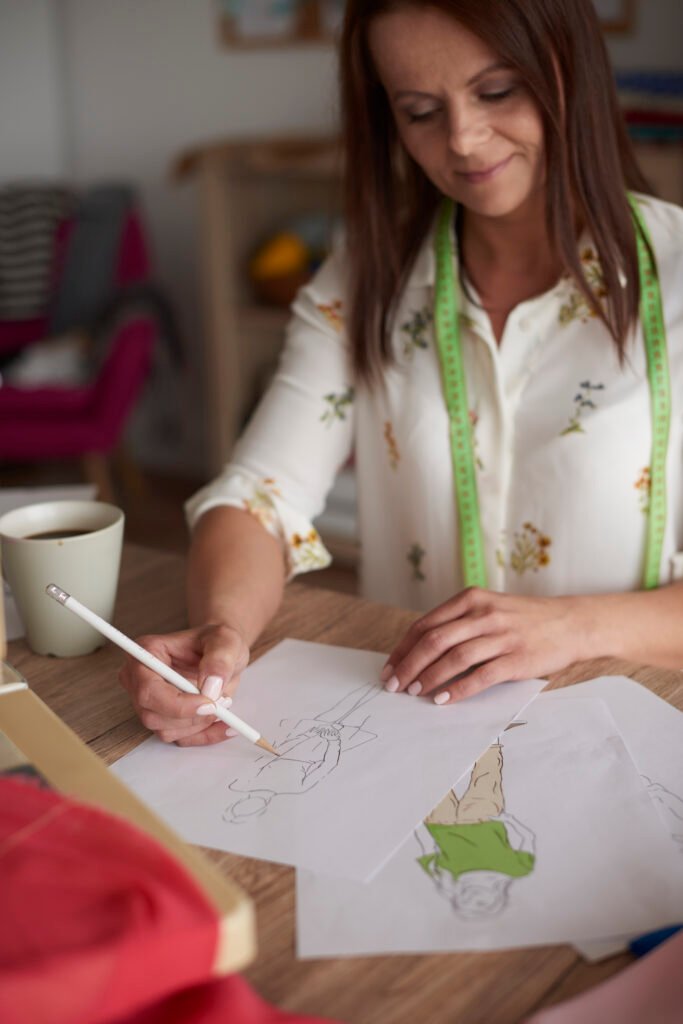
Essential Tools for Fashion Sketching
“Essential Tools for Fashion Sketching” refers to the necessary items needed to create fashion illustrations like:
- Sketchbooks
- Pencils
- Erasers and Sharpeners
- Black Pens
- Watercolors
- Markers and Colored Pencils
Sketchbooks
Investing in a top-notch sketchbook with heavyweight paper is essential. Opt for a paper that can resist different graphic materials, providing durability and versatility. A quality sketchbook offers a sturdy foundation for your creativity, allowing you to confidently explore various techniques and mediums.

Pencils
Having a variety of graphite pencils in your toolkit can really level up your drawing game. With different hardness levels, you can create lines that vary in thickness and texture – from light and soft to bold and dark. Whether you’re drawing mild details or bold outlines, adding depth and dimension to your sketches is possible.
Graphite pencils are easy to control and versatile, allowing you to experiment with various techniques to gain desired effects. Having a variety of pencils to choose from makes it easier to research and express your creativity.

Erasers and Sharpeners
Preserving sharp pencils is essential for specific fashion sketching. Invest in high quality sharpeners to confirm your pencils are always ready for use. Additionally, kneaded erasers supply a gentle yet practical way to correct mistakes without harming your paper. By keeping your tools in top state, you can boost the quality of your sketches and facilitate your creative process.

Black Pens
Having high-quality pens that won’t fade over time is critical for outlining and adding detail to your sketches. Make sure to have pens with various tip sizes, as they give you versatility in line thickness. These pens permit precise outlining and detailing, improving the overall look of your sketches.
Watercolors
Try using watercolors to bring your designs to life with vibrant colors and added depth. Watercolors can add a beautiful wash of color to your sketches, creating a stunning graphic effect. Experiment with distinct techniques like layering and mixing to accomplish the perfect look for your designs.

Markers and Colored Pencils
If you like to add deep colors and rich textures to your graphics, alcohol-based markers and colored pencils are the perfect tools. Extreme coloring markers and pencils, blended with the flexibility to layer colors and add intricate details, promote your sketches to new heights.
Conclusion
In conclusion, fashion sketching is a vital tool for designers to express and share their innovative concepts clearly and accurately. Through belief and the utilization of the right tools, people of all skill levels can craft stunning fashion illustrations that inspire life into their visions.
So, don’t hesitate to hold your pencils and sketchbooks and let your creativity run wild as you embark on the exciting journey of turning your fashion dreams into real works of art!
FAQs
Do I need formal art training to become proficient in fashion sketching?
While traditional art training can deliver valuable skills and techniques, it's optional for mastering fashion sketching. Aspiring developers can develop compelling fashion illustrations with practice, commitment, and a willingness to learn drawing skills.
Can I use digital tools for fashion sketching?
Yes, many designers use digital software and notepads to make fashion sketches digitally. Software like Adobe Illustrator, Procreate, and Autodesk Sketch Book offer practical tools for drawing, coloring, and editing fashion illustrations. Digital sketching is advantageous for creating clean, editable designs and studying a wide range of styles and effects.
How long does it take to improve at fashion sketching?
Progress in fashion sketching depends on individual talent, dedication, and practice habits. Learning the craft of fashion sketching needs stable learning and skill refinement, which may take a lifetime despite appreciable progress in weeks or months. Therefore, it is essential to remain patient, continuous, and open to feedback as you desire to improve your craft.
What are some common mistakes to avoid when drawing fashion sketches?
One common mistake is concentrating too much on details too early in the sketching process. It's crucial to first establish the overall shape and proportions before adding complex information. Additionally, avoid reaching your progress to others and memorize that preparation and patience are essential to progress in fashion sketching.




